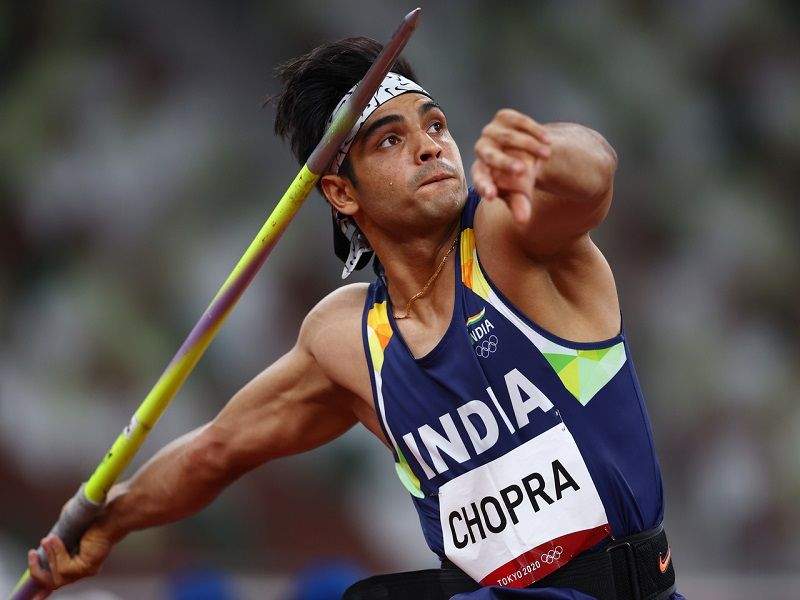The History and Evolution of Men’s Javelin Throw

The javelin throw, a thrilling display of strength, precision, and athleticism, has a rich history spanning millennia. Its origins can be traced back to ancient times, where it was not just a sport but a crucial skill for hunting and warfare. Over time, the javelin throw has evolved from a practical tool to a highly specialized athletic discipline, undergoing significant transformations in technique, rules, and equipment.
The Origins of the Javelin Throw, Men’s javelin throw
The javelin throw has ancient roots, dating back to prehistoric times. Early humans used javelins for hunting and warfare, relying on their ability to throw with accuracy and force. Archaeological evidence suggests that javelins were used as early as the Stone Age, with spear points crafted from stone, bone, or wood. In ancient civilizations, the javelin throw was often incorporated into religious ceremonies, military training, and even games.
Ancient Techniques and Rules
Ancient javelin throwers employed different techniques compared to modern athletes. They often used a running start, but their grip and throwing motion differed significantly. Ancient javelins were typically heavier and shorter than modern ones, and the throwing style focused on maximizing distance rather than accuracy. There were no standardized rules or competitions in ancient times, with the javelin throw primarily serving practical or ceremonial purposes.
Significant Milestones and Innovations
The javelin throw has undergone significant transformations over the centuries, driven by technological advancements, evolving techniques, and the emergence of organized sports.
- The Modernization of the Javelin: The 19th century saw the development of modern javelins, made of metal and featuring a streamlined design. This shift significantly impacted the throwing technique, favoring a more overhand motion for greater distance.
- The Birth of Organized Competitions: The late 19th century witnessed the rise of organized athletic competitions, including the javelin throw. The introduction of standardized rules and competitions led to the development of specialized training methods and techniques.
- The Evolution of Technique: Throughout the 20th century, javelin throwers experimented with different techniques to maximize distance. The development of the “overhand” or “V-shaped” throwing style, which involves a high release point and a rapid arm whip, revolutionized the sport.
- Technological Advancements: The development of lightweight materials and aerodynamic designs has further improved javelin performance. Modern javelins are significantly lighter and more streamlined than their predecessors, allowing athletes to achieve greater distances.
The men’s javelin throw, a demanding athletic event requiring precise technique and immense strength, has captivated audiences for decades. The biomechanics of the throw, involving a complex interplay of muscle groups and angular momentum, are intricately studied by coaches and athletes alike.
This focus on technique extends beyond the realm of sport, as seen in the analysis of the dating life of Hunter Schafer’s ex-boyfriend , where the interplay of personal choices and external factors can be equally complex. Returning to the javelin, the impact of the spear’s trajectory on the ground is meticulously measured, highlighting the importance of both power and precision in achieving a successful throw.
The men’s javelin throw, a demanding athletic event requiring both strength and technique, has seen its share of controversies over the years. These controversies, however, often pale in comparison to the recent allegations of cheating surrounding musician Dominic Fike, dominic fike cheat , which have sparked heated debate and divided fans.
The impact of such scandals on the athletes involved, whether in the world of music or athletics, underscores the importance of integrity and fair play in any competitive field.
